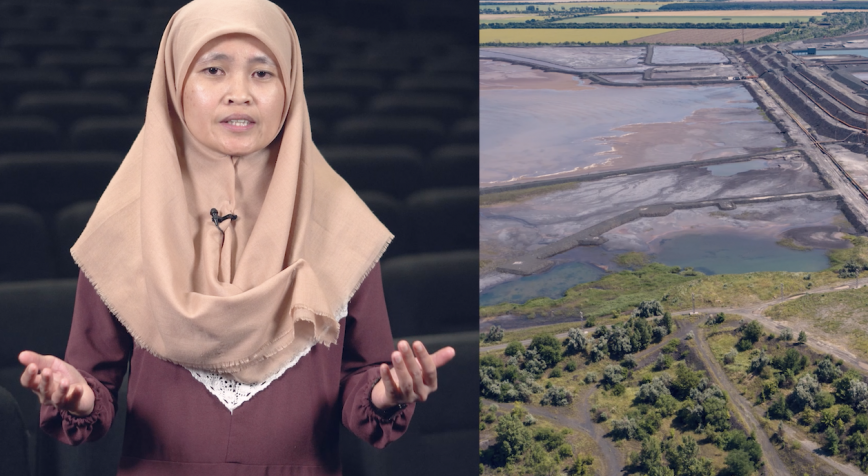
UHasselt
VITO
3D-printing for long-lasting batteries
Ever wish your phone battery could last a whole month? Tú Nguyen (VITO - UHasselt) is working to make that future a reality, using 3D-printing. Watch the video!












Expect 2 new videos every week. Want to stay up to date?